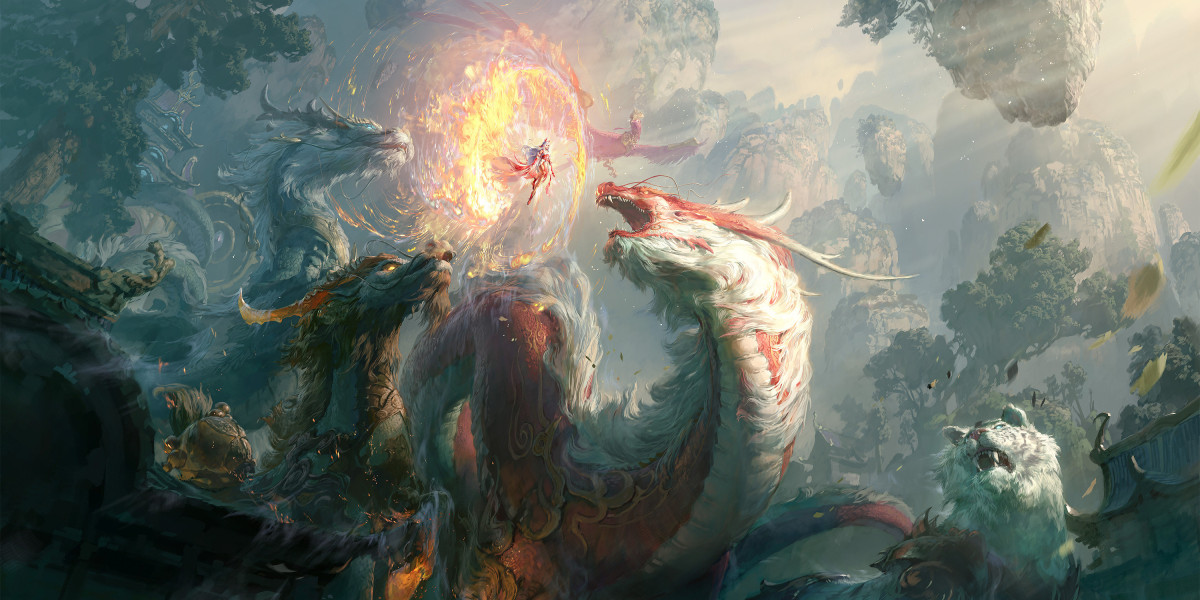Advertising is the lifeblood of modern commerce, a dynamic and ever-evolving industry that shapes consumer behavior, drives economic growth, and reflects cultural trends. From the early days of print ads to the digital revolution, advertising has transformed into a sophisticated art and science. In this article, we’ll explore the multifaceted advertising world its impact on society, and the trends shaping its future.
1. The Evolution of Advertising: From Print to Pixels
The Birth of Advertising
Advertising has been around for centuries, with early forms including town criers, hand-painted signs, and newspaper ads. The invention of the printing press in the 15th century marked the beginning of mass communication, paving the way for the first print advertisements.
The Golden Age of TV and Radio
The 20th century saw the rise of radio and television, which revolutionized advertising. Brands could now reach millions of households with catchy jingles, memorable slogans, and captivating visuals. Iconic campaigns like Coca-Cola’s "Hilltop" and Apple’s "1984" Super Bowl ad became cultural landmarks.
The Digital Revolution
The advent of the internet in the late 20th century transformed advertising once again. Digital platforms like Google, Facebook, and YouTube enabled hyper-targeted ads, real-time analytics, and interactive content. Today, advertising is a blend of creativity and data-driven strategies.
2. The Power of Advertising: Shaping Minds and Markets
Influencing Consumer Behavior
Advertising plays a crucial role in shaping consumer preferences and purchasing decisions. Through storytelling, emotional appeals, and persuasive messaging, brands create connections with their audience, fostering loyalty and trust.
Driving Economic Growth
Advertising fuels economic activity by promoting products and services, creating demand, and supporting industries like media, entertainment, and technology. It also provides funding for free content, from news websites to social media platforms.
Reflecting and Shaping Culture
Advertising is a mirror of society, reflecting cultural values, trends, and aspirations. At the same time, it has the power to shape culture by challenging norms, promoting diversity, and sparking conversations about important issues.
3. The Tools of the Trade: Creativity Meets Technology
Data-Driven Marketing
In the digital age, data is king. Advertisers use analytics to understand consumer behavior, track campaign performance, and optimize strategies in real time. Tools like Google Analytics and CRM platforms have become indispensable.
Programmatic Advertising
Programmatic advertising automates the buying and selling of ad space, using algorithms to target specific audiences. This approach maximizes efficiency and ROI, making it a cornerstone of modern advertising.
Content Marketing and Storytelling
Brands are increasingly focusing on creating valuable, engaging content that resonates with their audience. From blog posts to viral videos, content marketing builds trust and establishes brands as thought leaders.
Social Media and Influencer Marketing
Social media platforms like Instagram, TikTok, and LinkedIn have become advertising powerhouses. Influencer marketing, in particular, leverages the reach and credibility of social media personalities to promote products authentically.
4. Challenges and Ethical Considerations in Advertising
Navigating Privacy Concerns
With the rise of data-driven advertising, privacy has become a major concern. Regulations like GDPR and CCPA aim to protect consumer data, forcing advertisers to balance personalization with privacy.
Combating Ad Fatigue
Consumers are bombarded with ads daily, leading to ad fatigue and banner blindness. Advertisers must find innovative ways to capture attention without overwhelming their audience.
Promoting Ethical Advertising
Advertising has the power to influence society, and with that comes responsibility. Ethical advertising involves avoiding misleading claims, promoting inclusivity, and addressing social issues responsibly.
5. The Future of Advertising: Trends to Watch
Artificial Intelligence and Machine Learning
AI is revolutionizing advertising by enabling predictive analytics, personalized recommendations, and automated content creation. Tools like ChatGPT and DALL-E are already making waves in the industry.
Immersive Technologies
Virtual reality (VR) and augmented reality (AR) are opening new possibilities for immersive advertising experiences. Imagine trying on clothes virtually or exploring a car’s interior through an AR ad.
Sustainability and Purpose-Driven Marketing
Consumers are increasingly drawn to brands that align with their values. Sustainability, social responsibility, and purpose-driven campaigns are becoming key differentiators in a crowded market.
The Rise of Voice Search and Audio Advertising
With the growing popularity of smart speakers and voice assistants, voice search optimization and audio ads are emerging as important channels for reaching consumers.
Conclusion: Advertising as a Force for Connection and Change
Advertising is more than just selling products; it’s about creating connections, telling stories, and driving change. As the industry continues to evolve, advertisers must embrace innovation, prioritize ethics, and stay attuned to the needs and values of their audience. Whether through a billboard, a TikTok video, or a VR experience, advertising will remain a powerful force in shaping the world we live in.
In a world where attention is the most valuable currency, the future of advertising lies in creativity, authenticity, and meaningful engagement. The journey is far from over, and the possibilities are endless. Welcome to the exciting world of advertising—where imagination meets impact.








